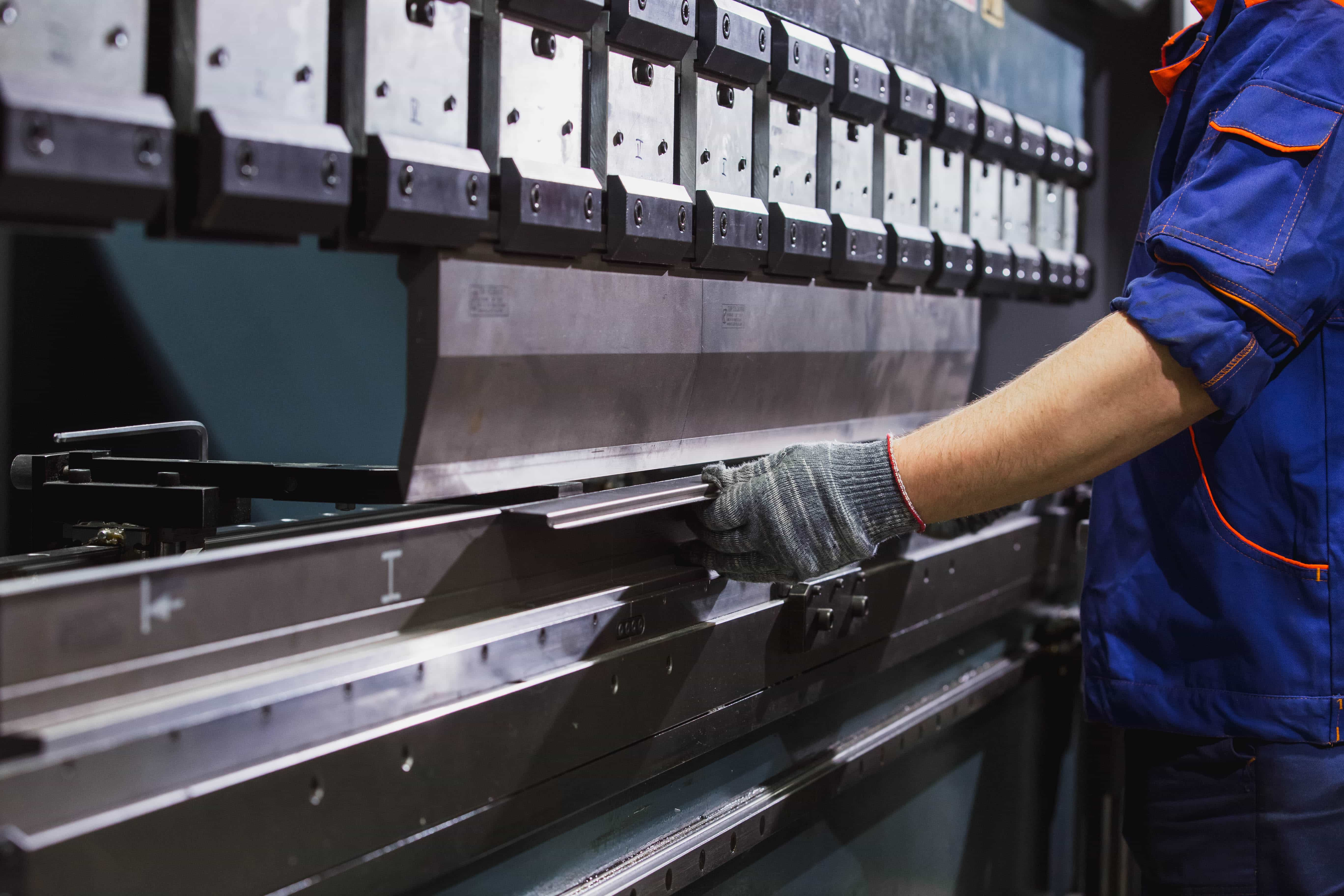
Choosing the right material for your outdoor business sign is one of the most important decisions you’ll make. A sign isn’t just about displaying your name — it’s about withstanding sun, rain, and years of exposure while creating a strong first impression of your brand. Selecting the right material directly impacts durability, maintenance costs, and customer perception.
As signage professionals, we’ve seen first-hand which materials hold up outdoors and which ones quickly fade, crack, or deteriorate. This guide explains the best and worst outdoor sign materials, their expected lifespan, and practical insights to help you choose wisely.
Outdoor signs are constant brand ambassadors. They face extreme conditions — UV rays, storms, seasonal temperature changes — and poor material choices can result in faded, warped, or broken signs that hurt your business image. By contrast, high-quality materials extend the life of your signage investment while projecting professionalism. Key considerations include:
Stainless steel is one of the strongest and longest-lasting signage materials. It resists rust, corrosion, and fading, even in humid or coastal climates. Stainless steel’s sleek, polished finish makes it a popular choice for corporate offices, luxury retail, and modern architecture. Beyond looks, it’s one of the few materials that can remain virtually unchanged for decades.
Aluminum balances durability, affordability, and versatility. It’s lightweight yet strong, naturally rust-resistant, and works well for both large panels and dimensional lettering. Adding a UV-protective finish ensures aluminum signs stay vibrant and sharp over time. Aluminum is also highly customizable, making it one of the most widely used outdoor signage materials.
Dibond combines two thin aluminum sheets with a solid plastic core. This layered construction creates a rigid, warp-resistant sign that handles wind and moisture better than single-layer alternatives. Dibond delivers a professional look that’s often used for storefronts, real estate developments, and restaurants wanting a high-end appearance.
Acrylic is known for its glass-like clarity and modern aesthetic, often chosen by salons, boutiques, and creative studios. However, direct sun exposure can cause acrylic to become brittle or discolored over time.
PVC and other plastic-based signs are lightweight and inexpensive, making them attractive for startups or temporary campaigns. However, they don’t stand up well outdoors. Prolonged UV exposure leads to fading, brittleness, and warping.
Wood may provide rustic charm, but it performs poorly outdoors. Even with sealing or varnish, wood absorbs moisture, swells, cracks, and warps under changing weather conditions. Insects and rot further shorten its life span, making it unreliable for business signage.
When deciding which material fits your business best, consider:
Investing in stainless steel or aluminum ensures the longest life span and the strongest brand presence. Dibond is an excellent middle ground for businesses balancing cost and quality. Acrylic and PVC work in certain scenarios, but they should never be your first choice for permanent outdoor signage. Wood should be avoided outdoors altogether.
A professional signage provider brings experience, trusted material sourcing, and precision installation. As experts, we’ve worked with every major sign material and know which ones perform in real-world conditions. Partnering with a reputable sign company ensures your investment lasts, your branding stays consistent, and your sign continues to attract customers year after year.
Bottom line: The right material is the foundation of a successful sign. By choosing carefully, you’ll save money, reduce maintenance headaches, and project a polished, professional image that stands the test of time.